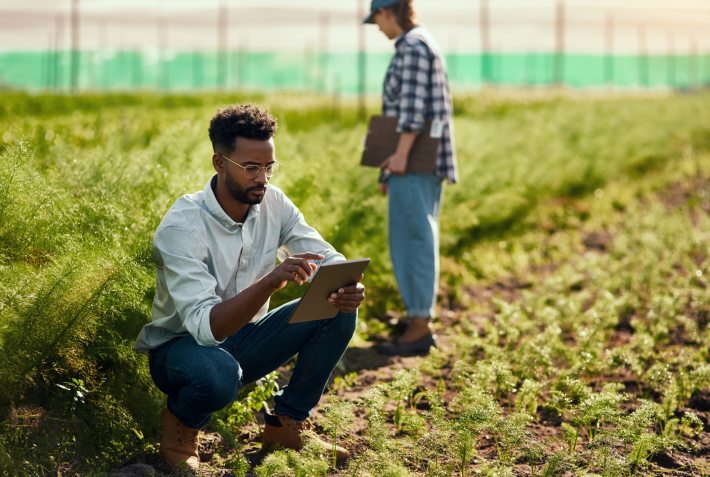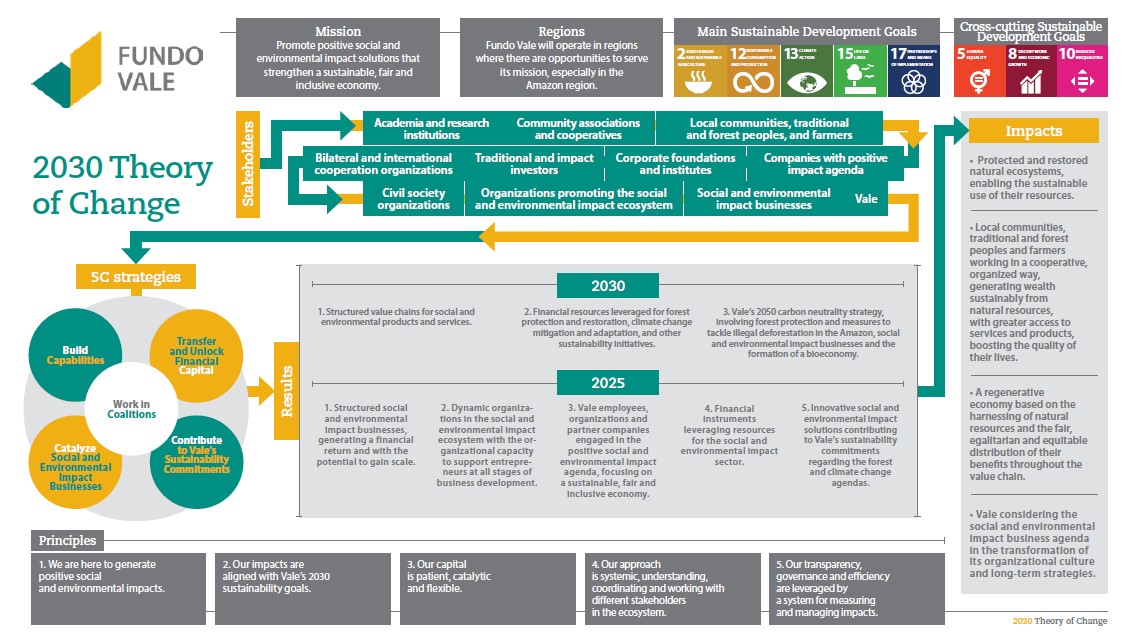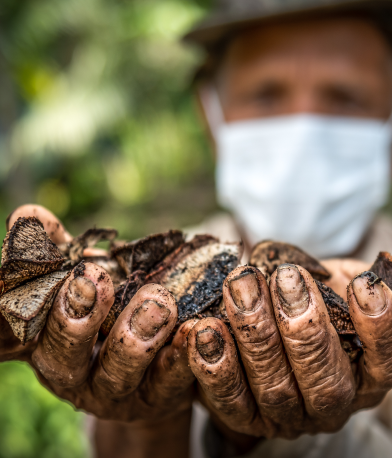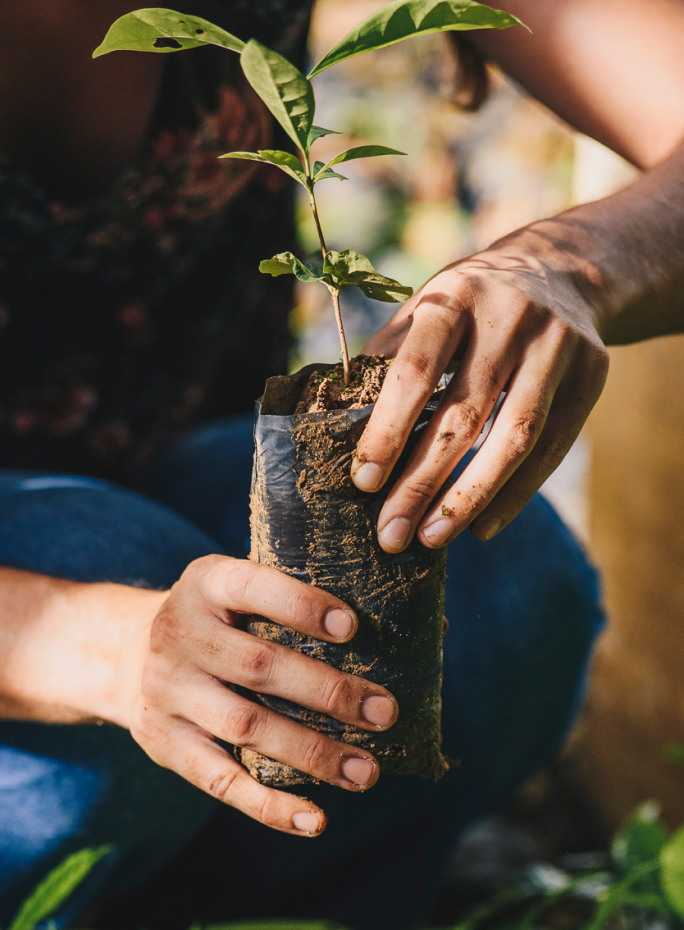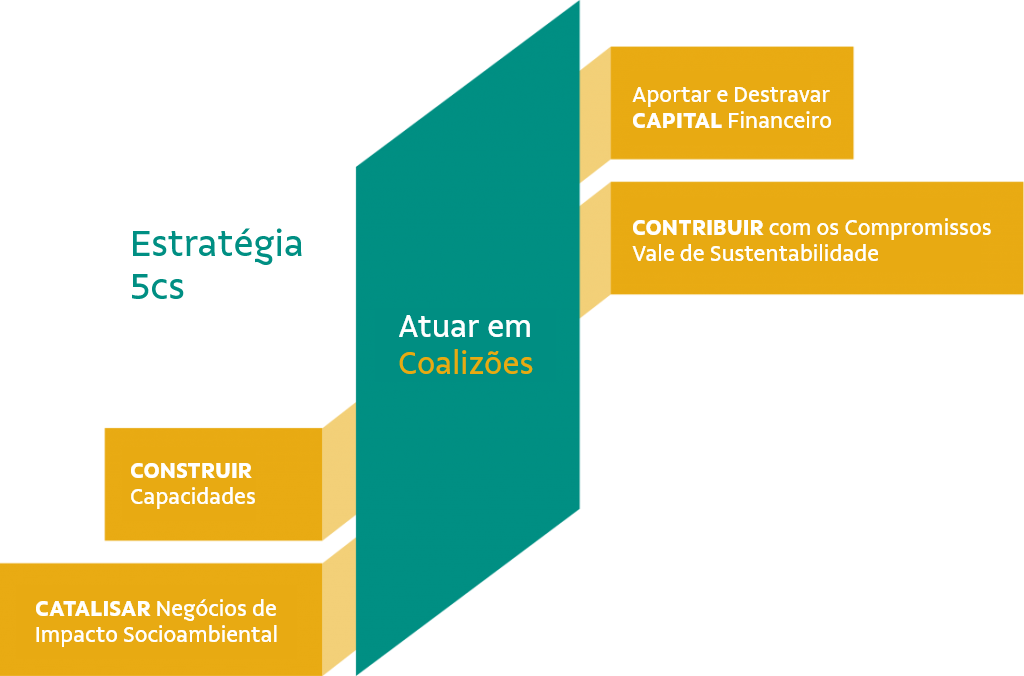As we approach our 10 years of existence, we have identified the need to review our strategy and establish long-term goals.
Thus, in 2020, we brought together partners, specialists, Vale’s leaders and our team to organize the knowledge and lessons learned from a decade of journey and discuss future trends in the socio-environmental agenda.
